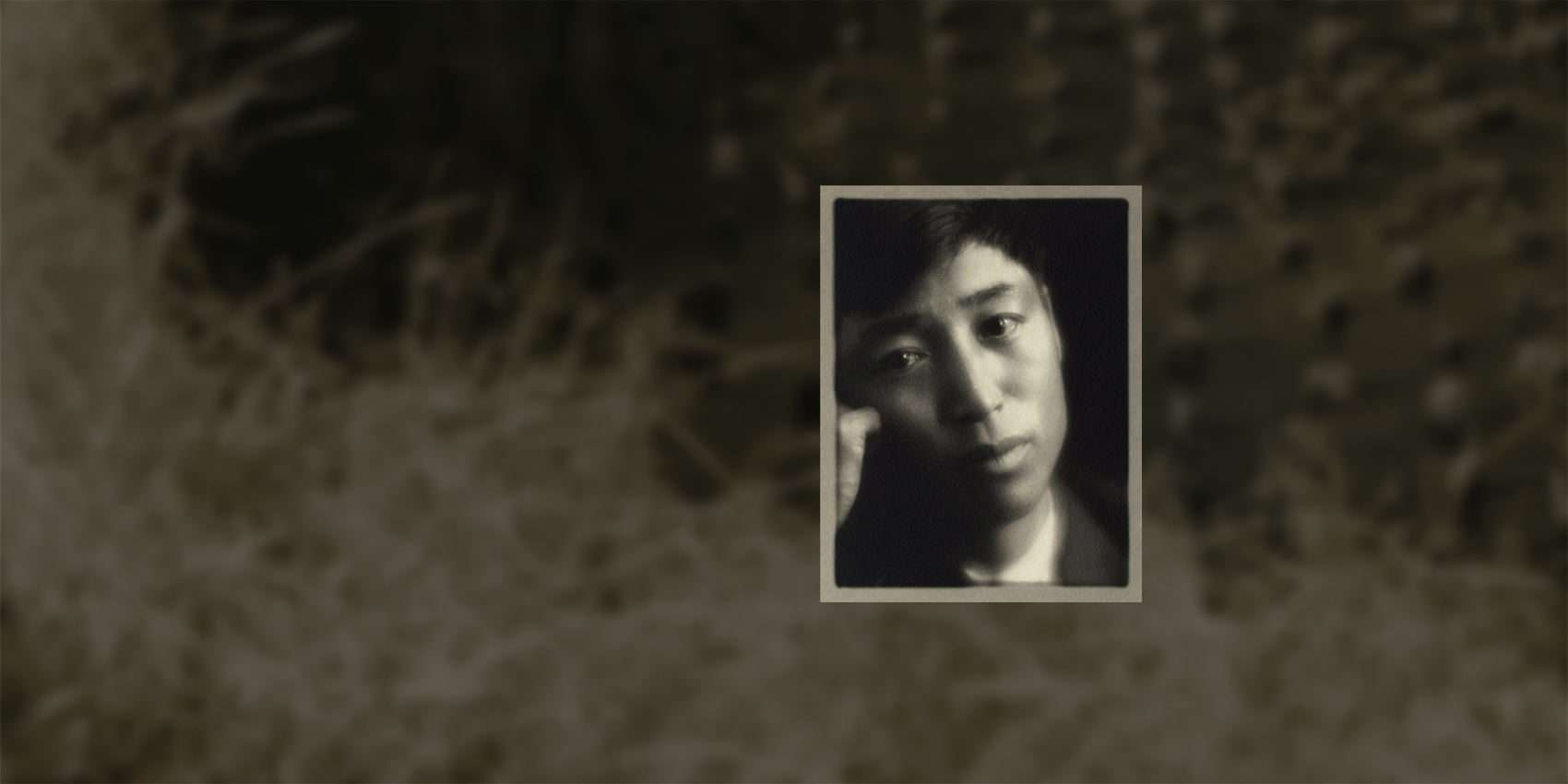

FREE
Dive into the new online exhibition, Wakaji Matsumoto—An Artist in Two Worlds: Los Angeles and Hiroshima, 1917–1944, with a conversation about the historic significance of Wakaji’s work and the story behind the collection. Curator Dennis Reed and project liaison Karen Matsumoto, Wakaji’s granddaughter, will be joined by Masami Nishimoto, writer for the Chugoku Shimbun, and others involved with highlighting Matsumoto’s work to delve deeper into his photographs and legacy.
This program will be presented simultaneously in both English and Japanese on Zoom. Please indicate your language preference in your registration.

This program was made possible with support from California Humanities, a non-profit partner of the National Endowment for the Humanities. Visit calhum.org.
Media Sponsor: ![]()
About the Exhibition:
Wakaji Matsumoto—An Artist in Two Worlds: Los Angeles and Hiroshima, 1917–1944 highlights an artist’s rare photographs of the Japanese American community in Los Angeles prior to World War II and of urban life in Hiroshima prior to the 1945 atomic bombing of the city.
This online exhibition also features essays by Karen Matsumoto, Wakaji’s granddaughter, and Dennis Reed, the curator of the exhibition, a timeline, photo galleries, short documentary videos produced by JANM’s award-winning Watase Media Arts Center, and educational resources.
Wakaji Matsumoto was born to Wakamatsu and Haru (née Motoyama) Matsumoto on July 17,1889, in Jigozen, Hatsukaichi-shi, Hiroshima Prefecture, Japan. He traveled from Japan by way of Canada before reaching the US to work on his father’s farm. Although he worked in the fields and drove produce to Los Angeles, he really aspired to become a graphic artist. Luckily, Wakamatsu taught Wakaji’s wife, Tei, to run the farm, allowing Wakaji to become a professional photographer in Los Angeles, and then in Hiroshima after his return to Japan. He was seventy-six years old when he died in Jigozen in 1965. Tei continued to live in the family home and was 101 years old when she died in 1995. Wakaji’s photographs remained undisturbed until 2008 when they were discovered by the Matsumotos’ grandson, Hitoshi Ohuchi, himself a photographer. Upon recognizing their value and significance, he arranged for them to be placed with the Hiroshima City Archives.

